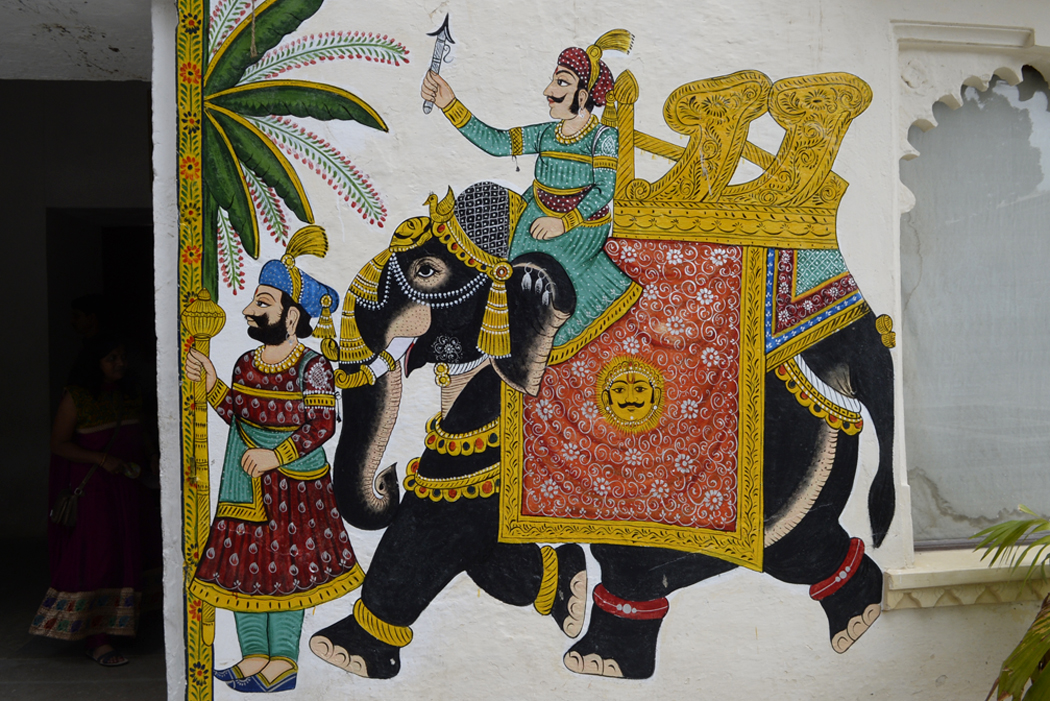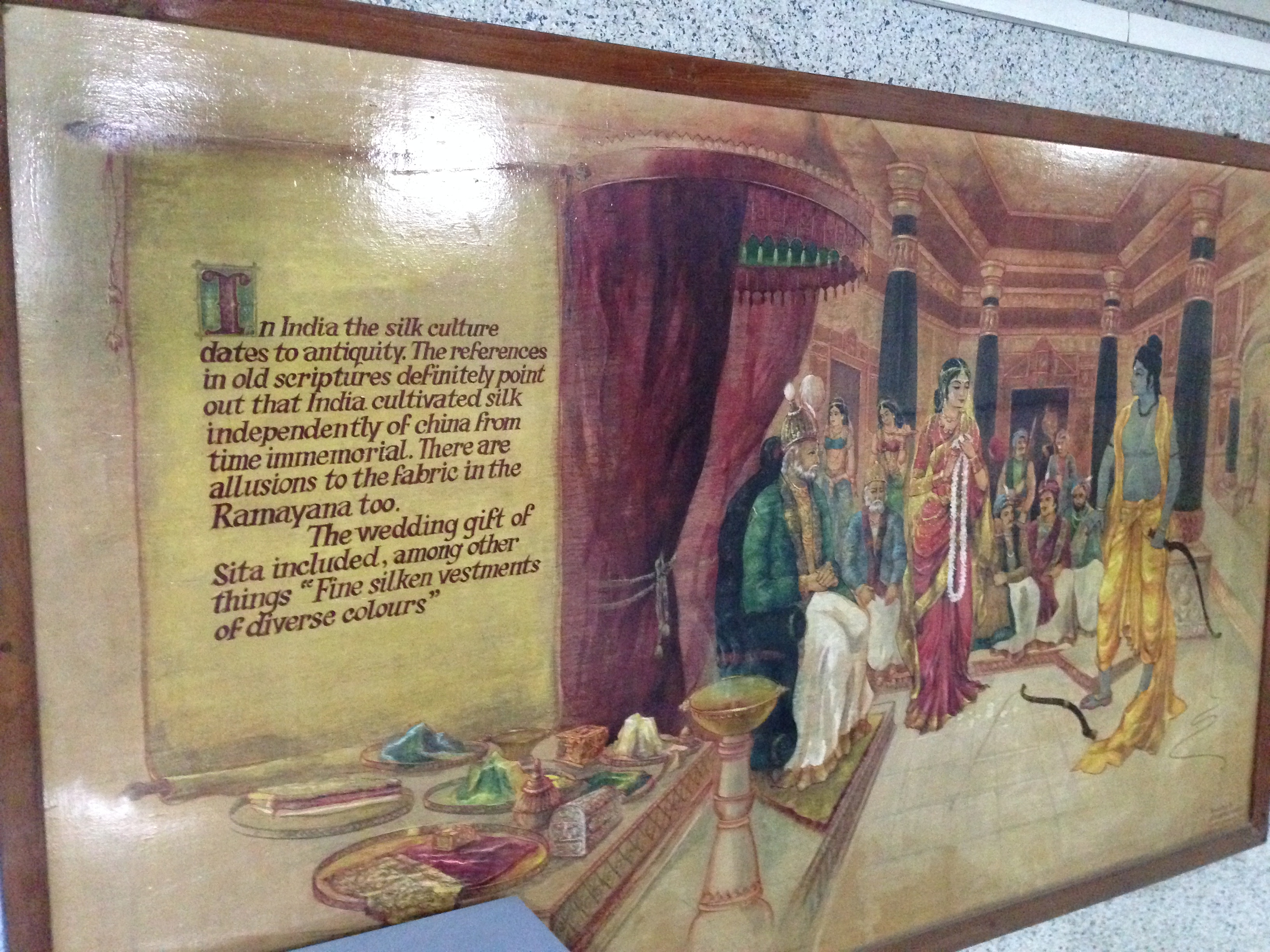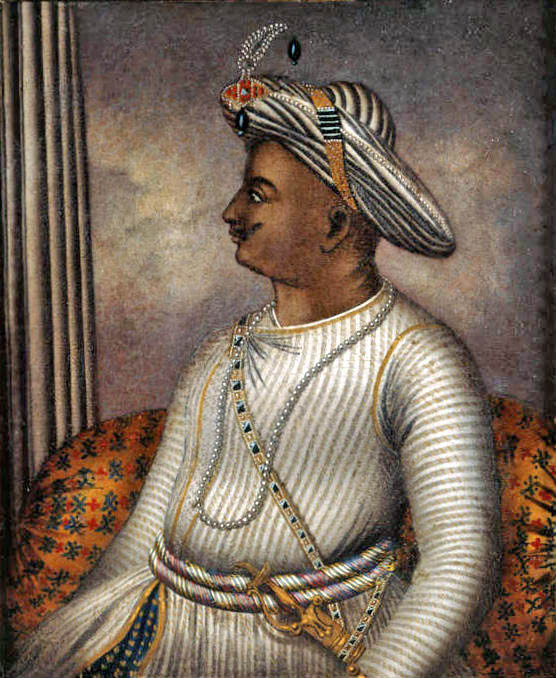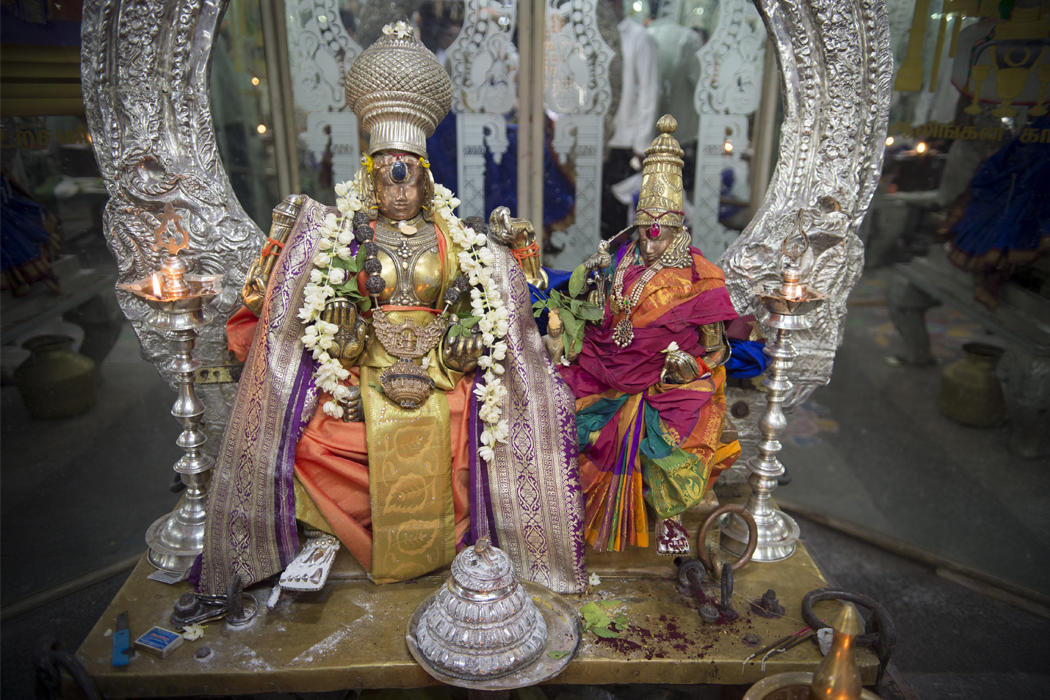



A Brief History of Silk
2640 BC
According to legend, a fiber from the Bombx mori species of silk moth was first discovered in China by Queen Xi Ling Shi, wife of emperor Huang-Ti when a silkworm cocoon fell from a mulberry tree into her cup of hot tea and started to unravel. Bombx mori silk is often referred to as “mulberry silk”.
2450 - 2000 BC
Archeological excavations in the city of Harappa in 1999 uncovered evidence of silk from a species of Antheraea moths indigenous to south Asia. Harappa is deemed as the hub of the Indus civilization. This is the oldest incidence of silk recorded to date.
3rd Century BC
Chinese silk fabrics were found throughout Asia and were transported by land to the west, and by sea to Japan. These routes later became known as the Silk Routes.
552 AD
Byzantine Emperor Justinian sent two monks on a mission to Asia. They came back to Byzantium with silkworm eggs hidden inside their bamboo walking sticks. From then on, sericulture spread throughout Asia Minor.
7th Century AD
The Arabs conquered the Persions and captured their silks in the process. Their campaigns swept through Africa, Sicily and Spain.
1271
Marco Polo traveled to China for development exchanges between East and West leading to an increased demand and use for silk.
1466
Louis XI declared his intention to introduce the art and craft of making gold and silk fabrics in the city of Lyon.
1609
Sericulture was introduced to the American colonies when James, I of England encouraged it to discourage tobacco planting and to fill English looms. In 1732, mulberry plantations were started in Georgia and extended into South Carolina.
1685
Louis XIV declared the Revocation of the Edict of Nantes in France. The Huguenots, many of whom were expert weavers, fled the country in large numbers and later became major contributors to the development of the silk industry in Germany, Great Britain, Italy and Switzerland.
1785
Tipu Sultan, the Indian ruler of the Kingdom of Mysore established India’s first sericulture development project in hope of establishing market leadership. He procured silkworms from China and established plantations of Mulberry trees in southern India.
1776
The American Revolution brought an end to British-imposed edicts on the American colonies to produce and export silk to England.
1789
The French Revolution brought hard times to France and the silk industry was nearly destroyed from reduced demand.
1804
Joseph-Marie Jacquard introduced a punch-card mechanism in France that permitted a weaver to produce complex patterns with increased speed and accuracy.
1854
A deadly plague started killing silkworms in France, puzzling scientists who at the time, who knew nothing of microbes. Louis Pasteur was brought to study the problem. His discoveries and correlations led to his important findings on infectious diseases. Despite Pasteur’s discoveries, silkworm diseases spread throughout Europe and the Middle East. The Far East became a dominant market for raw silk.
1869
The Suez Canal opened the opportunity for increased international trade. Japan became a competitive player in the world market. The first man-made fibers where introduced as a substitute for silk.
1898
Jamsetji Nusserwanji Tata established a silk farm at Basvanagudi in Bangalore, India. In an earlier visit to Japan, Tata was impressed with the scientific development of sericulture and believed that through Japanese instruction and mentoring, India would obtain a thorough knowledge of the trade. He revived the sericulture industry in Mysore with a focus on the silk industry’s valuable potential for India and its poorer classes.
1939
World War II became a major acceleration point in the decline of the European and US sericulture markets. Raw-silk supplies from Japan were cut off, and new synthetic fibers provided substitutes for products like stockings and parachutes. After the war, Japan restored its silk production with improved technology.
1970s
China recaptured its historic position as the world’s largest producer and exporter of raw silk.
1985
The world production of raw silk was about 56,000 tons, of which over 50% were produced in China.
2014 - 2015
The total world production of raw silk was 159,718 metric tons, contributed by China, India, Uzbekistan, Thailand, Brazil, Vietnam, North Korea, Iran, Japan, Turkey and Indonesia (in that order).
